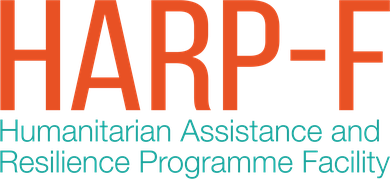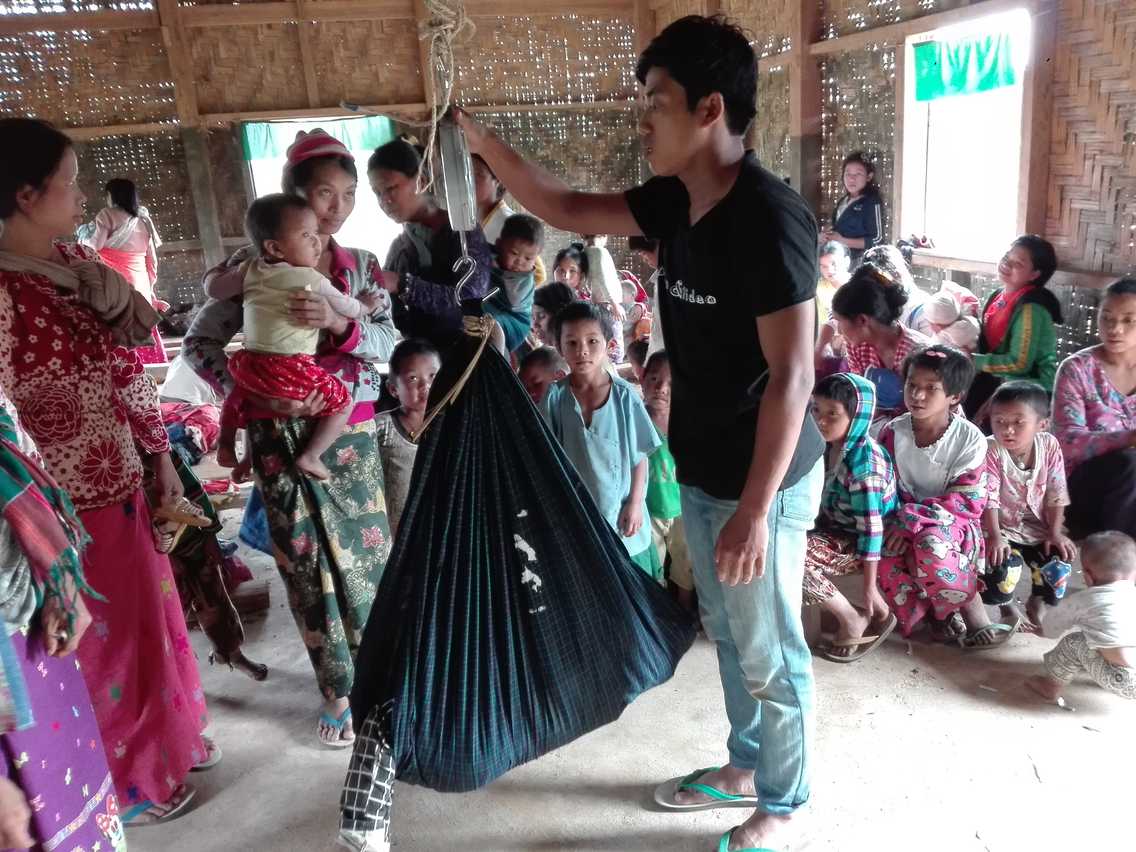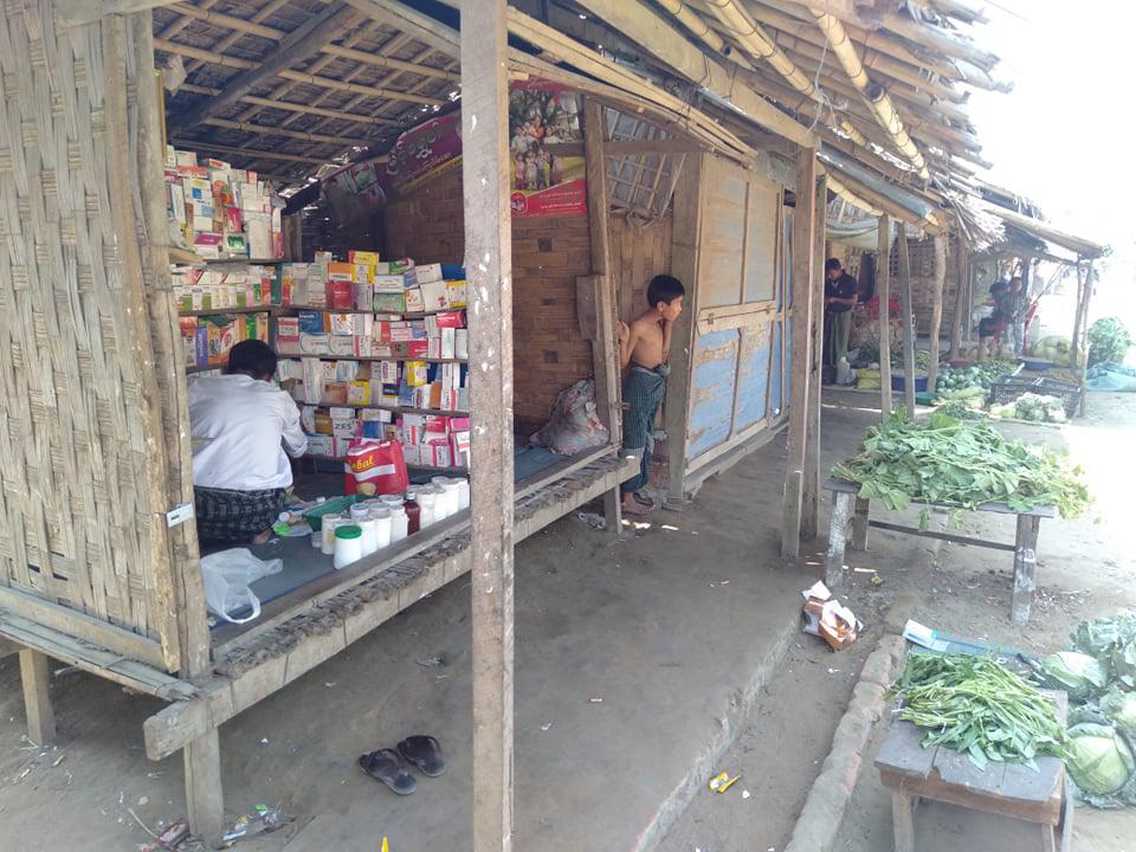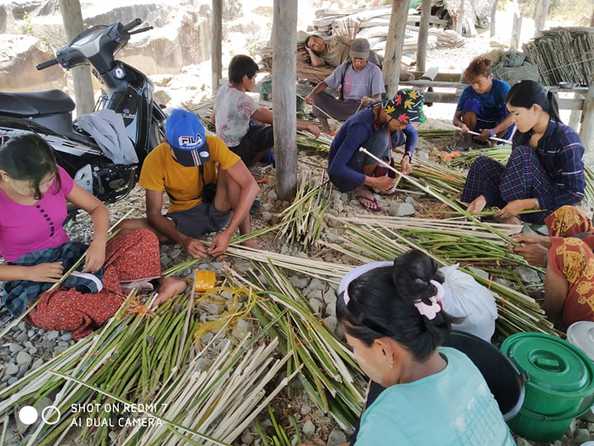HARP-F good practices for remote partnership
1/ Keep it simple – the three pillars of the remote partnership approach (build trust, enhance due diligence, support flexible and adaptable management approaches) are appropriate and helpful as an approach to sustaining humanitarian operations in protracted crisis.
2/ Establish clear criteria for the assessment of partner capacity for delivery and risk management in access- constrained contexts, to enable partners to work towards attainment of the characteristics and competencies of the lowest risk, most highly trusted partners.
3/ Combining training backed up by field engagement, mentoring and ongoing support of all form is a good approach to provide support, resolve challenges in an administratively accountable manner, build resilience and confidence between partner and intermediary.
4/ Donors should consider creating a multi-donor fund for their partners to apply for core capacity funding distinct from project funding. These funds are essential to build and sustain institutional capacity in core functions that any organisation needs to deliver the best results.
5/ Donors must accept the need to fund adequate capacity for reporting and analysis, above and beyond that needed for the direct delivery of project outputs, if they are to fund national organisations directly, without an intermediary to take on these functions.
6/ Include flexible, unallocated budget lines for emergency response in each grant to enhance capacity for responding quickly to, or even before, new hazards occur.
7/ Use digital solutions widely as enabling technology for remote partnership, including the distribution locally appropriate communications tools (smart phones, tablets, computers, wifi infrastructure etc.) to partners' community-based staff and volunteers, and funding for network service costs and training in the use of relevant apps and software packages
8/ Innovate for monitoring and evaluating humanitarian assistance in hard-to-reach areas, for example by supporting collaboration among national organisations on M&E, creating common monitoring templates and indicators for all partners operating in similar areas, and financing third-party monitoring capacity
9/ Document and disseminate the practical, often small, adaptations agreed with individual partners to overcome specific problems, to the wider group of partners, to facilitate real-time learning. This is almost certainly more helpful than dissemination of lengthy guidance documents and toolkits.









